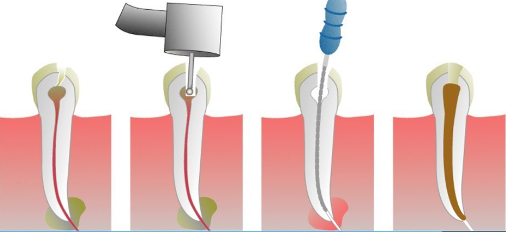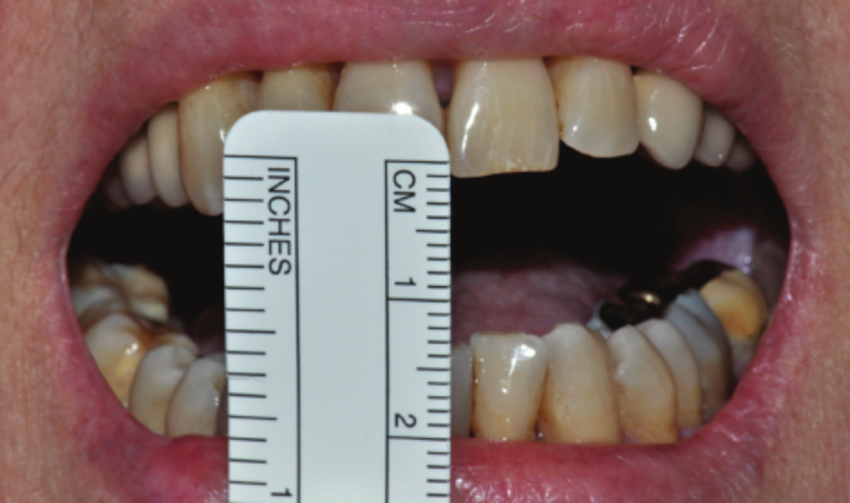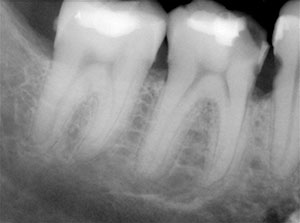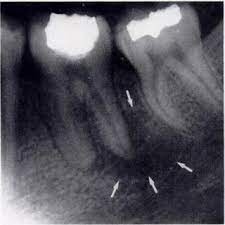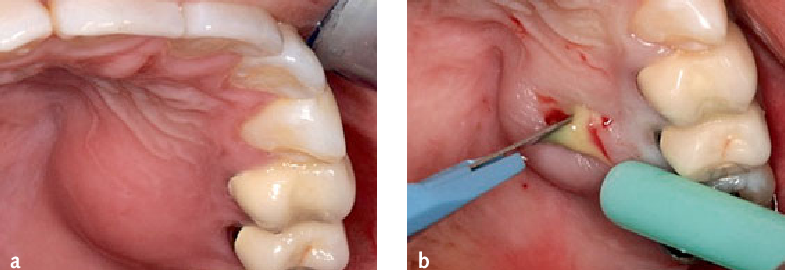Most of the patients who visit my daily practice always want their root canal treatment to be done in a single visit. I have seen many cases, maybe it’s due to their lack of time or they want their treatment to be done fast. And also they might think like multiple long sitting appointments with lots of pain.
So I thought of writing an article about Single Visit Endodontics which would be helpful, for dentists and dental students.
I am Dr.Anooja V Chandran, a postgraduate in Endodontics. Welcome, to DentalFry, my dental blog where I share lates updates in dentistry and also dental notes for dental students.
Single-visit endodontics is a conservative and nonsurgical treatment of tooth consisting of cleaning, shaping, and obturation of the root canal system in one sitting.
For a successful root canal treatment there should be proper Case selection and Diagnosis of the case. A well-skilled dentist has access to the pulp and the status of the pulp.
Contents
History
The concept of a single-visit root canal treatment was described as early as the 1880s. Immediate root filling was performed by Dodge, kells, and Hofheinz. In 1901, Trallero described his one-visit technique using a bichloride, hot platinum wire sterilization, and canal filling consisting of zinc oxide, eugenol, and xeroform paste.
All the cases can’t be done in a single sitting such as:
- Some patients have the discomfort of opening their mouths for a long time.
- If there is any lack of equipment and experienced dentists.
- If you have any fear of failure in doing RCT.
ADVANTAGES OF SINGLE-VISIT ENDODONTICS
- First of all, what I have to mention is the convenience. Single-sitting endodontics is very convenient for the patient as there is no need to give local anesthesia in all the appointments. The treatment procedure also does not need to be repeated.
- In every appointment we have to place temporary cement which can lead to leakage into the canals which can be prevented in the case of SVE, this causes reduced intra-appointment pain.
- We can see many patients who have a fear of the dentist, it can be avoided as all the treatments are done in a single visit (psychological trauma or fear of the dentist).
- As the number of visits is less it causes less discomfort to the patient.
- I have seen many cases where once their pain is relieved they won’t come back to complete their treatment. This risk can be avoided in the case of Single Visit Endodontics.
In the second step, we need to check for working length. When we do multiple sittings there may be a chance that errors can happen in working length.
DISADVANTAGE OF SINGLE-VISIT ENDODONTICS
- First of all, it is very difficult for the patient to sit for a long time in the dental chair by keeping the mouth open. In some cases there will be a higher chance that the flare-up may occur, so when we do SVE it may cause drainage in the tooth if it’s not obturated.
- In some cases such as curved canals, calcified canals, and multiple canals we have to go for multiple sitting.
INDICATIONS OF CASE SINGLE-SITTING ENDODONTICS
- If the clinician can do root canal treatment without compromising the skills and steps, then it can go for a single sitting.
- The next point is the patient should be very cooperative. If the patient is not willing to do treatment for a long time keeping the mouth open then we can’t go Single Visit Endodontics.
- As I discussed above there should not be any anatomical problems associated with the tooth like a curved canal or calcified canal.

- If both the clinician and practitioner have a good time doing treatment.
- If the tooth is vital then it’s better to go for a single visit to endodontics because it helps to reduce the contamination of the tooth.
- Cases of acute alveolar abscess should not go for Single Visit Endodontics but cases such as involving the sinus tract are good for SVE because the sinus will act as a valve to reduce the pressure and reduce the risk of post-operative flare-up.
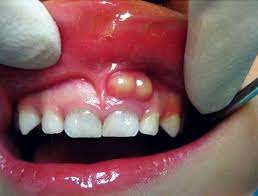
- Cases with acute apical periodontitis. Symptomatic nonvital teeth with a sinus tract. Patient with allergies or flare-ups. Teeth with limited access. Patients who are unable to keep teeth for a long time such as TMJ.
- Esthetic cases.
- Accidental/ Mechanical pulp exposure.
- Intensional Root Canal Treatment.
- Physically Disables.
- Sedation cases.
CONTRAINDICATIONS OF SINGLE SITTING ENDODONTICS
- Cases of Anatomic anomalies.
- Allergies.
- Acute alveolar abscess.
- Limited access.
- Symptomatic.
- TMJ disorders.
STUDIES ON POST-OPERATIVE COMPLICATIONS
- It was reported that there was no significant difference in flare-uo rates between Single Visit Endodontics and Multiple Visit Endodontics.
- The prevalence of flareup after Single Visit Endodontics in the published literature was none to 3%.
- Neither Single Visit Endodontics nor Multiple Visit Endodontics with intracanal medications can completely eliminate microbial colonies.
These studies showed that the success rates of single-visit and multiple-visit endodontic treatment were similar.
- In 2013 Dorasani et al reported that both single-visit and multiple-visit treated teeth healed satisfactory with no significant difference.
- In 2012 Paredes et al reported no significant difference in healing results between the two groups.
- In 2011 Yingying et al found that the healing rate is similar for Single Visit Endodontics and Multiple Visit Endodontics.
“Maximum dentistry in minimum visits has been the rule in modern dental practice”
- There is no statistically significant difference in the incidence of pain in single-rooted and multirooted teeth with and without periapical radiolucency from 1st day to one week in Single Visit Endodontics therapy.
- The literature suggests a similar success rate for Single-Visit and Multiple-Visit endodontic therapy.
- The choice of treatment should be made on the basis of the individuality of a case and the operator’s skill wherever and whenever in doubt multiple visit endodontic therapy is still recommended.
Summary
Single-visit endodontics is an effective treatment modality compared with Multiple Visit Endodontics. It is more beneficial to the patient and dentist. For this, we need a proper case selection. The prevention and elimination of apical periodontitis are the goals of a successful endodontics therapy. Once the way to accomplish these goals is determined, the decision to provide treatment in multiple visits or a single visit will follow.
So I think I had given you all the information about Single Visit Endodontics. If you are having any questions, feel free to comment it below and I will try my best to revert back as soon as possible.
If this article helped you, then please do share it with your friends and people in need.

